Occupation Duke, aristocrat | ||
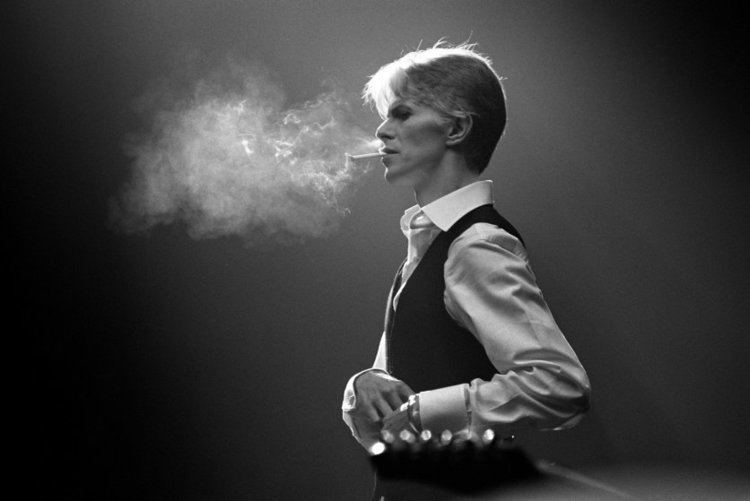 | ||
Similar Major Tom, Ziggy Stardust, Jareth, Maj Jack 'Strafer' Celliers, Pierrot | ||
The thin white duke
The Thin White Duke was David Bowie's 1975 and 1976 persona and character. He is primarily identified with Bowie's 1976 album Station to Station and is mentioned by name in the title track. However, Bowie had begun to adopt the "Duke" persona during the preceding Young Americans tour and promotion in 1975. The persona's look and character are somewhat based on Thomas Jerome Newton, the titular humanoid alien played by Bowie in the 1976 film The Man Who Fell to Earth.
Contents
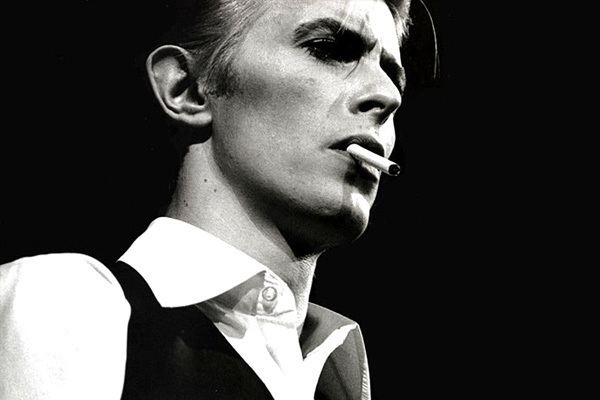
The Thin White Duke was a controversial figure due to ostensibly pro-fascist statements made by Bowie in press interviews. Soon after making the comments, Bowie claimed that they were "theatrical" remarks made in character and did not reflect his actual views. In later years, he blamed his erratic behaviour during his mid-1970s Duke era on an "astronomical" use of hard drugs (particularly cocaine) while living in Los Angeles.
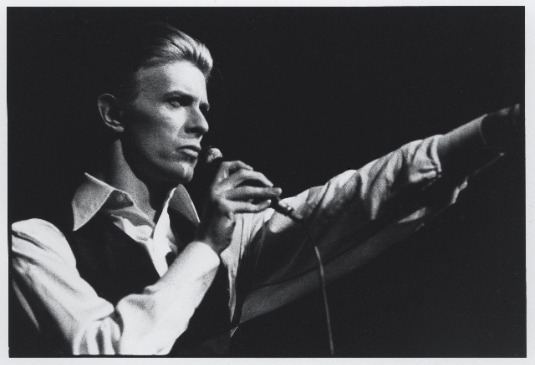
Bowie left California for Europe in 1976 to improve his mental and physical well-being. He settled in West Berlin in early 1977, at which point he quietly retired the Thin White Duke persona.
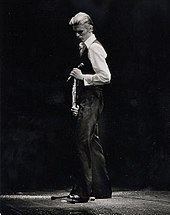
Development
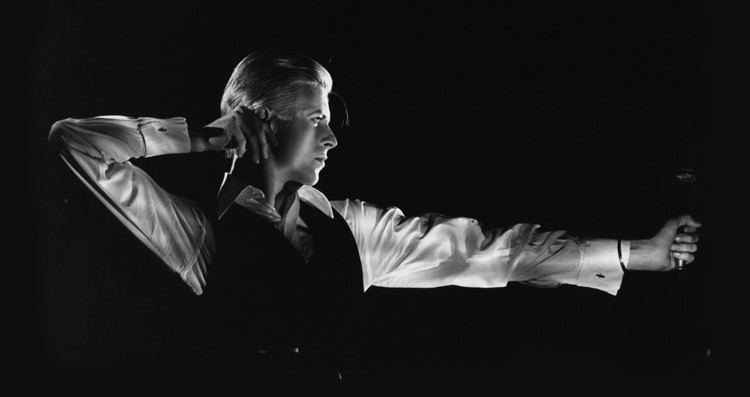
David Bowie, who had experience performing in experimental theatre before becoming famous as a musician, began adopting different performing personas in the early 1970s, most notably the glam alien Ziggy Stardust. He famously retired Ziggy in 1973 and adopted the dystopian Halloween Jack persona for his Diamond Dogs album and most of the following tour.
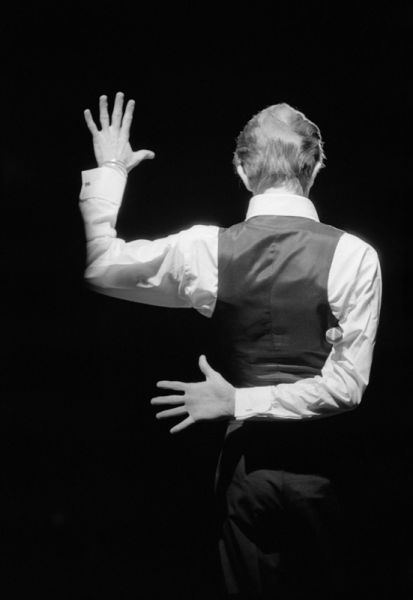
An early version of the Thin White Duke character began to appear in late 1974 during the "Philly Soul" leg of the Diamond Dogs tour. During this "plastic soul" lead-up to his Young Americans album, Bowie's hair was still orange, but it was cut shorter, and his stage costumes moderated from colorful glam outfits to more conventional dress clothes. The Thin White Duke was mentioned by name in the title track of Bowie's next album, Station to Station, and he appeared in that persona during the following Isolar – 1976 Tour.
Characteristics

At first glance, the Thin White Duke appeared more conventional than Bowie's previously flamboyant glam incarnations. Sporting well-groomed blonde hair and wearing a simple and impeccably stylish, cabaret-style wardrobe consisting of a white shirt, black trousers, and a waistcoat, the Duke was a hollow man who sang songs of romance with an agonised intensity while feeling nothing, "ice masquerading as fire". The persona has been described as "a mad aristocrat", "an amoral zombie", and "an emotionless Aryan superman". Bowie himself described the character as "A very Aryan, fascist type; a would-be romantic with absolutely no emotion at all but who spouted a lot of neo-romance."
Controversy
The Thin White Duke was a controversial figure. While being interviewed in the persona in 1975 and 1976, Bowie made statements about Adolf Hitler and fascism that some interpreted as being positive or even pro-fascist. The controversy deepened in May 1976 when, while acknowledging a group of fans outside of London Victoria station, he was photographed making what some alleged to be a Nazi salute. Bowie denied this, saying that he was simply waving and the photographer captured his image mid-wave.
As early as 1976, Bowie began disavowing his allegedly pro-Fascist comments and said that he was misunderstood. In an interview that year in the Daily Express, he explained that while performing in his various characters, "I'm Pierrot. I'm Everyman. What I'm doing is theatre, and only theatre... What you see on stage isn't sinister. It's pure clown. I'm using myself as a canvas and trying to paint the truth of our time on it. The white face, the baggy pants - they're Pierrot, the eternal clown putting over the great sadness." In 1977 (after retiring the Duke), Bowie stated that "I have made my two or three glib, theatrical observations on English society and the only thing I can now counter with is to state that I am NOT a Fascist".
In later years, Bowie called his time in Los Angeles from late 1974 until early 1977 "the darkest days of my life" due to his "astronomical" usage of cocaine and other "hard drugs". He blamed his erratic behaviour and fascination with Nazi and occult symbols during that time on his precarious mental state, and claimed that he could not even remember the late-1975 recording sessions for Station to Station. "I was out of my mind, totally crazed." As his drug habit ate away at his physical and mental health, Bowie decided to reduce his cocaine intake and phase out the Thin White Duke persona, whom he had come to see as "a nasty character indeed", and later, "an ogre".
Aftermath
In an attempt to salvage his mental and physical health, Bowie left the drug-fueled rock and roll scene of Los Angeles in 1976 and moved to Geneva, Switzerland, then joined his friend Iggy Pop in West Berlin in early 1977. Though he did not publicly retire the Thin White Duke as he had Ziggy Stardust, Bowie did not appear in the persona after moving to Germany.
Bowie lived in West Berlin for almost two years, during which time he moved on both musically and personally with his "Berlin Trilogy" albums (Low, "Heroes", and Lodger) in collaboration with Brian Eno and Tony Visconti. He also produced Pop's albums The Idiot and Lust for Life .
